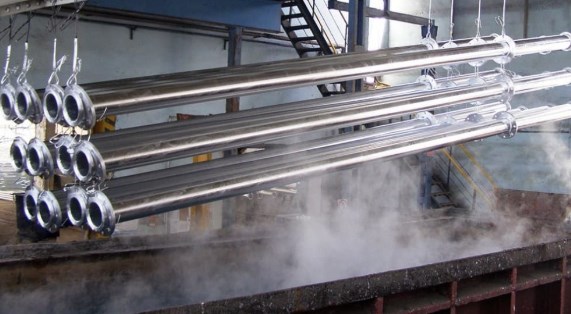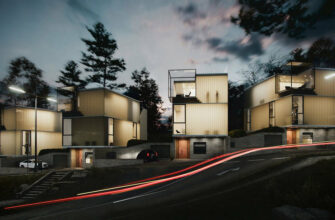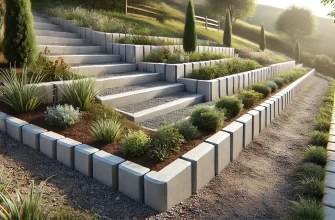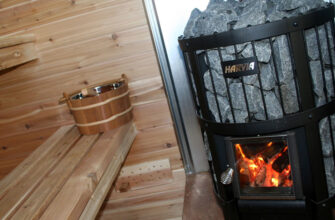Process galvanizing steel articles comprises the steps of surface preparation, immersion in the melt and forced cooling. Surface Preparation articles is degreasing, etching and deposition flux.

technology of zinc
Degreasing can be carried out in alkaline solutions, and in acid. In recent years it becomes acidic degreasing used in orthophosphoric acid solution. etching, often, carried out in solution of sulfuric or hydrochloric acid. Fluxing products is carried out in aqueous solutions of ammonium chloride and zinc chloride - the so-called "dry process" galvanizing. After drying on the surface of the layer is dry fluxing. "Wet process", comprising the presence on the surface of the melt in the bath galvanizing flux raplavlennogo, currently it is not widely applied because of the low quality of the coatings. By "wet process" article is dipped into the melt through the cover flux.
When degreasing in alkaline solutions before etching should be carried out thoroughly washing the surface of steel products. Galvanizing provides a process. This is to prevent the etching solution from the neutralization with alkali. Modern technology provides an acidic degreasing, thereby reduces the number of washing baths and increases the durability of the pickling solution.
Pickling in sulfuric acid solution heated due to the applied, her pair less "volatile". However, the use of effective ventilation (side exhausts) and acid vapor traps enabled, without prejudice to use hydrochloric acid as an etching solution to the environment, and process economics. Rinsing after pickling steel articles may not be so intensive in the case of hydrochloric acid. This is due to the fact, that the chlorine ion from the acid does not impair the effect of flux, consisting of zinc and ammonium chlorides.
note! Modern chemical surface preparation of steel products prior to galvanizing provides the use of such chemical agents, which would have reduced the number of bathrooms washing and improve the environment in the production.
After etching and washing the product was immersed in an aqueous flux solution, containing ammonium chloride and zinc chloride, and surfactant at a temperature 20 – 80° C. A small excerpt in the bath solution allows fully moisten the surface of the product. Then the product is dried fluxed, when the water evaporates, and the flux remains on the steel surface as a thin layer of salts. The drying temperature is determined by the flux composition of the flux solution.
It should be borne in mind, that during the evaporation of ammonium chloride and zinc can occur gidroksonotsinkovoy acid formation and, Consequently, etching fluxed bases to form salts of iron. To prevent this phenomenon fluxed drying products should be carried out as quickly as possible. The upper limit of drying temperature is due to the flux and the melting temperature is 230 ° C..
Fluxed and Dried product is dipped in molten zinc. Before immersing the melt surface must be carefully cleaned of ash, burned, oxides. The duration of immersion should be minimal, wherein the conditions must be met free and full penetration of the melt present in the product cavity and gaps.
The duration of exposure must be minimally sufficient to form on the entire surface of the article uniform in thickness and composition of the zinc coating.
note!
- Increased residence time leads to an increase in the thickness of the intermetallic coating layers and excessive formation garttsinka.
- Lack of exposure leads to the appearance of the product surface areas without coverage. Economics galvanizing process and the quality of the coating is largely determined by the surface preparation of articles.
The duration of exposure in the melt product comprises:
- the warm-up product melt temperature,
- while separating the molten flux on the surface of the product,
- the formation of the coating.
The absolute value of the duration of exposure depends on the mass of products and the number of flux on the surface thereof.
The thickness and uniformity of the zinc coating is largely determined by the conditions of extraction of products from the melt. Too rapid extraction increases the thickness and unevenness of the coating. After removal from the melt of the coated article to be forcibly cooled, this is especially true for structures, having a thick-walled massive elements.
Council! If during transport or use of the products of zinc on the surface thereof will be minor damage, they immediately need to be removed with a zinc spray. Since they affect not only the appearance, but also on the anti-corrosion protection. It is best to use for this purpose tsinkovыy spray ZINCO SPRAY, which was developed by the company Soprin specifically for such situations.






